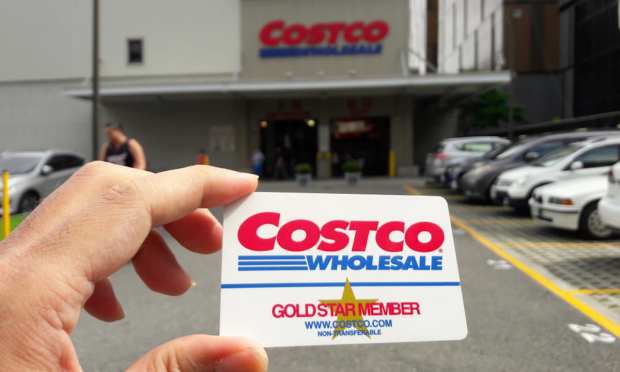Costco Member Fee Hike Would Delight Rivals, Annoy Customers

It has only happened twice in the past 10 years, but with over 60 million U.S. members and another 40 million internationally, any increase in the annual fee that Costco charges its customers is a big deal. Although the company itself has said nothing recently about future fee hikes, analysts and other industry observers have been checking their calendars and other buying barometers, and are starting to speculate about when the inevitable might happen.
“In addition to some sustainability of the COVID benefit, Costco is rapidly approaching its next membership fee increase,” a Wells Fargo note to clients predicted last month. “The company recently highlighted that the event usually occurs every five to 5.5 years, which would suggest an international fee increase later in [calendar year] 2021 and a U.S./Canada fee increase in the back half of 2022.” The note also stated that previous fee increases have provided a 4 to 5 percent lift in earnings.
With its base membership fee of $60, which includes about 80 percent of the total, and the executive program pegged at $120 annually, any increase in the levy that Costco charges its notoriously loyal customers to enter its stores is a multi-billion-dollar proposition. For context, last year, Costco reported total revenue of over $160 billion through its website and 800 warehouse stores in 12 countries.
Timing Is Everything
Costco last lifted its membership fee in 2017, and prior to that, did so in 2011 and 2006. That said, the Costco of 2021 is a much larger animal than it was 15 years ago, as its sales, earnings and share price have all increased exponentially. Over that decade-and-a-half timeframe, the Washington State-based retailing giant has seen its stock go from $50 to $350, giving it a market value of $160 billion — leaving it in third place by that measure behind only Walmart and Amazon.
There’s also the fact that Costco, like many of its mega-cap peers, just closed the books on a record year fueled by COVID-era increases in purchases of consumer staples like groceries and household products, as well as a surge in bargain-seeking driven by high unemployment and economic uncertainty. At the same time, Costco benefited from its superstore status and the fact that it now sells virtually everything, from TVs to tires and gasoline to gutter installations.
Warehouse Wars
There’s also the fact that Costco is the largest of three major warehouse club chains and that any increase in its member fee — which is already slightly higher than its rivals — would certainly offer a competitive opportunity. As it stands, a basic BJ’s Wholesale Club membership is $55 per year and a cash-back version is $110, while a year of access to Walmart-owned Sam’s Clubs starts at $45, or $100 annually for customers who want cash-back rewards and free shipping.
There is also the possibility that Costco will decide to hold off on a fee increase, given that its present structure along with its recent financial success would suggest that tinkering with the delicate balance of customer satisfaction might not be wise, and that its efforts to grow sales could be better deployed elsewhere.
One glaring example of an investment aimed at meeting changing customer needs is Costco’s belated entry into the curbside pickup phenomenon, which it only started offering in January for an additional $10 fee, while its rivals have offered the service longer, and for free.
